Popular Trà Chanh Variations
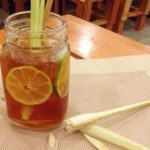
Trà Chanh Sả
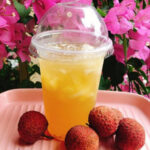
Trà Chanh Vải

Trà Chanh Đào
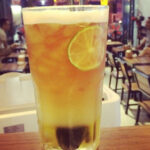
Trà Chanh Sả Mật Ong
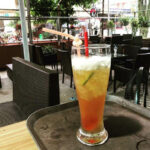
Trà Chanh Bạc Hà
Trà Chanh: Ingredients and Preparation
Main Ingredients
Main Preparing Method
Preparation Process
Trà Chanh: A Deep Dive
Cultural Significance
Taste
Texture
Aroma
Color
Serving Style
Serving Temperature
Accompaniment
Occasions
Calories
Popularity
Popular Similar Drinks
- Trà Đá
- Thai Iced Tea
- Nước Sâm
- Trà Tắc
Popular Dining Area
Trà chanh is a Vietnamese drink that simply combines tea and lime juice for a refreshing beverage. As a favorite refreshment on the street, trà chanh is often premixed with the two mentioned elements and combined with a basic sweetener like sugar or honey.
Once served, the glass is filled with ice to create a cool and refreshing sensation. Furthermore, some variations of trà chanh include the infusion of herbs like lemongrass, adding an aromatic touch. Plus, the different use of tea, like oolong or jasmine, makes trà chanh a favorite choice to quench people’s thirst in Vietnam.
Aside from the basic information that makes up trà chanh, you should have a look at the many variations of this drink along with the standard elements used for making it. Additionally, I will delve into the benefits and potential drawbacks of drinking trà chanh, along with addressing some common questions related to it.
Additionally, I will introduce you to similar refreshing beverages that are akin to trà chanh.
Key Points
Trà Chanh Images
What Are the Variants of Trà Chanh in Vietnam?
In Vietnam, trà chanh is altered and tweaked slightly depending on regions and elements. Therefore, let me extend your understanding about this drink with a few versions of it:

Trà Chanh Bạc Hà
A version infused with mint
Sometimes comes with mint syrup for an extra flavor layer
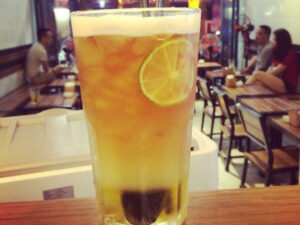
Trà Chanh Sả Mật Ong
Incorporates lemongrass and honey, providing a soothing, sweet, and aromatic flavor profile to the lemon tea

Trà Chanh Đào
Features peach (đào) flavors
Adds a sweet and fruity dimension to the classic lemon tea
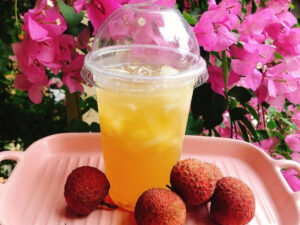
Trà Chanh Vải
This variation includes lychee (vải)
Providing the sweet and floral notes of lychee with the tartness of lemon tea
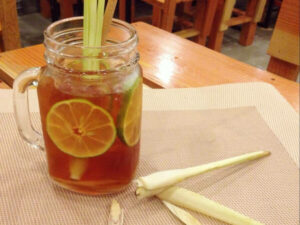
Trà Chanh Sả
A blend of lemon tea with added lemongrass, offering an aromatic twist.
Later on, make sure to stick around to find out some of the elements that make up trà chanh in Vietnam.
What Ingredients Are Used for Making Trà Chanh?
To prepare trà chanh, Vietnamese locals typically use the following four key ingredients:

Tea
Usually, green tea or black tea is used as the base. The choice of tea can affect the overall flavor of the drink.
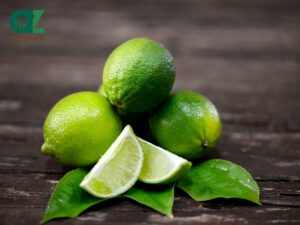
Fresh limes
The juice of fresh limes is essential for the characteristic citrus flavor. Lime slices can also be added for garnish and extra flavor.
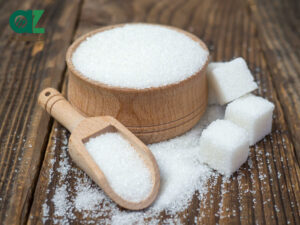
Sugar
Granulated sugar is commonly used to sweeten the tea. The amount can be adjusted according to taste.
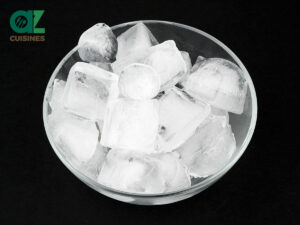
Ice
Trà chanh is usually served iced, so plenty of ice cubes are added to chill the drink.
Afterward, it’s essential for you to know about all the positive and negative features when quenching your thirst with trà chanh.
Pros and Cons of Drinking Trà Chanh
Before getting yourself a glass of trà chanh, consider these important aspects of this tea and lime drink:
Pros
Cons
Also, let’s delve into the common concerns of many about trà chanh, so you can fully comprehend this refreshing drink.



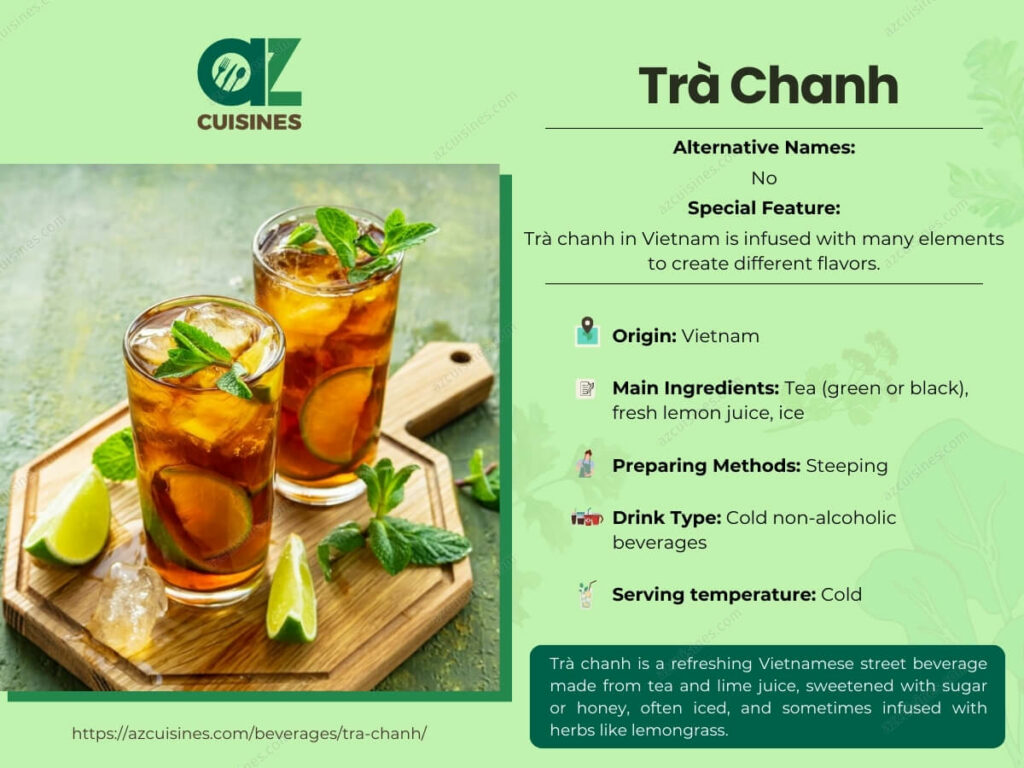
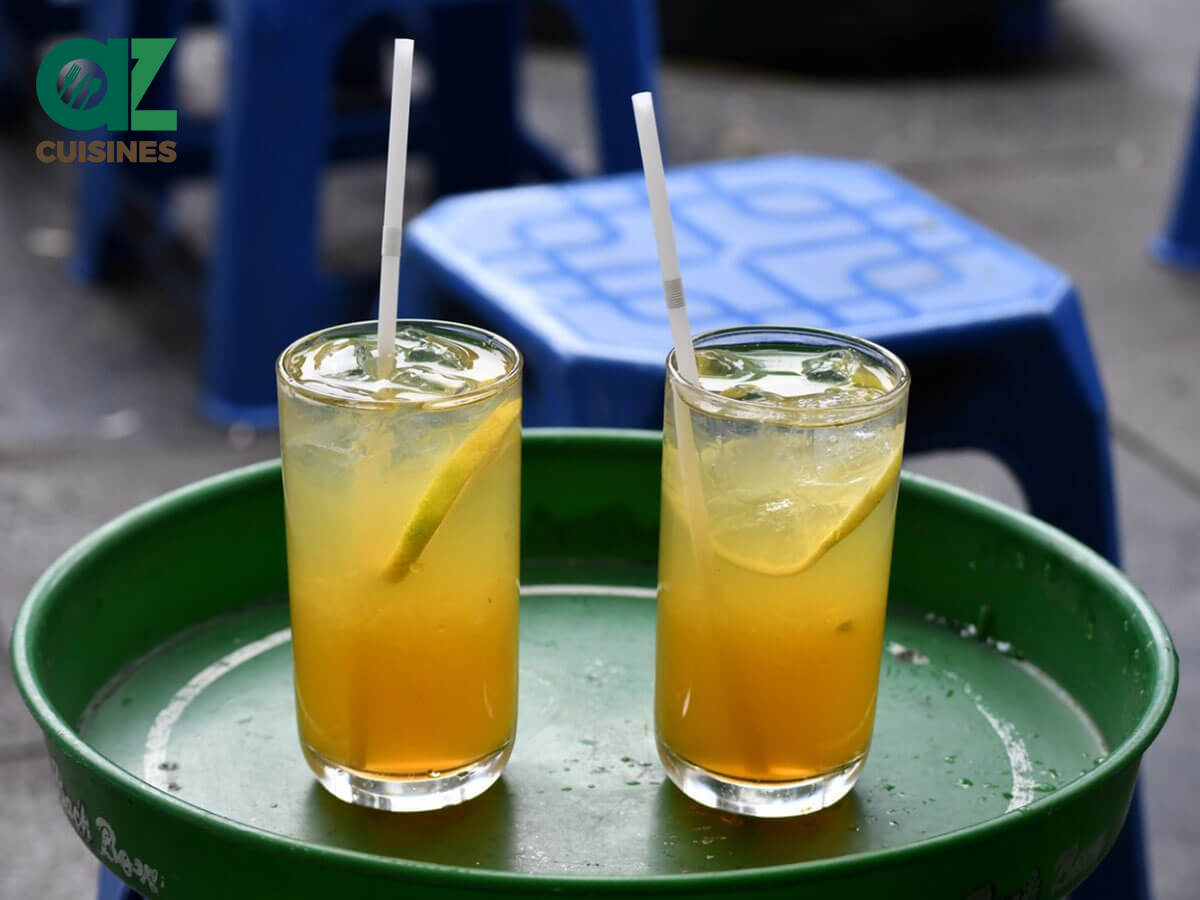

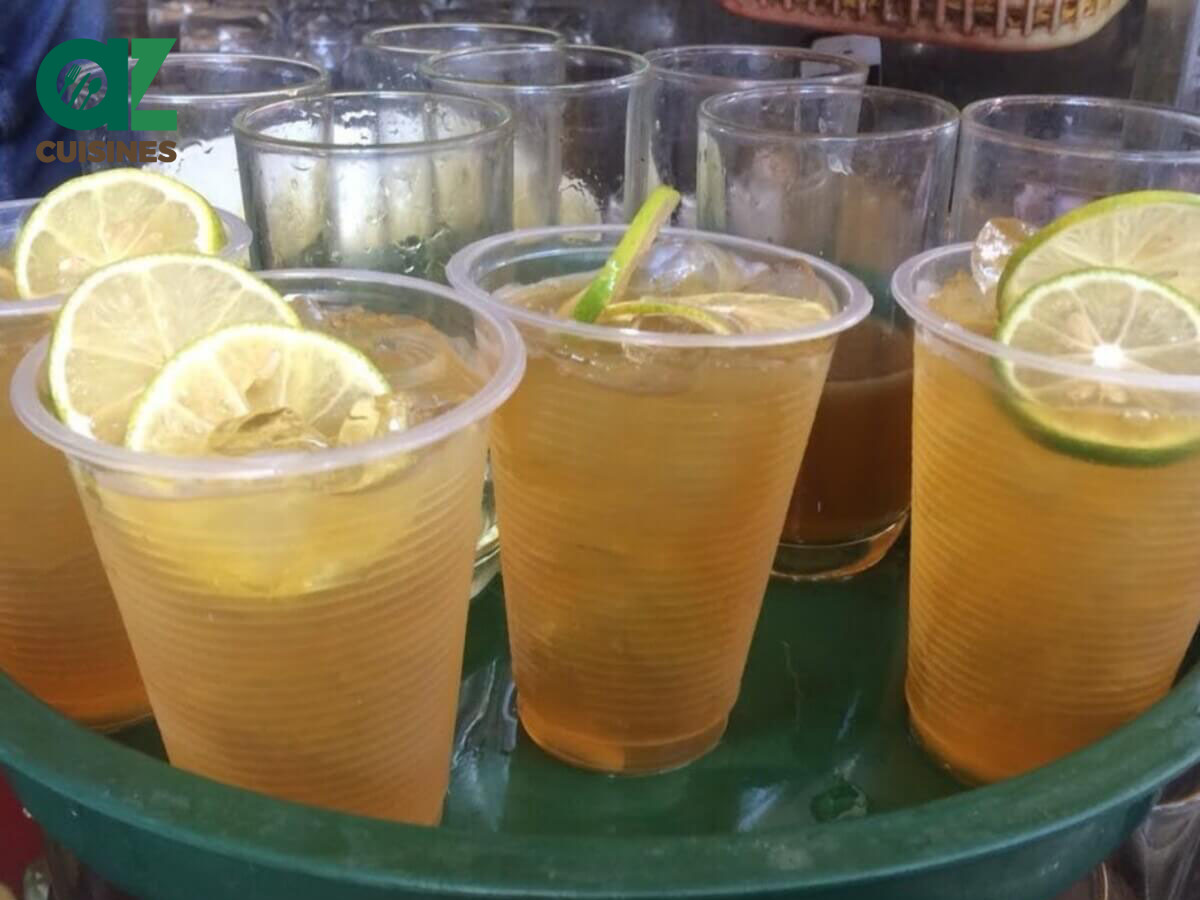
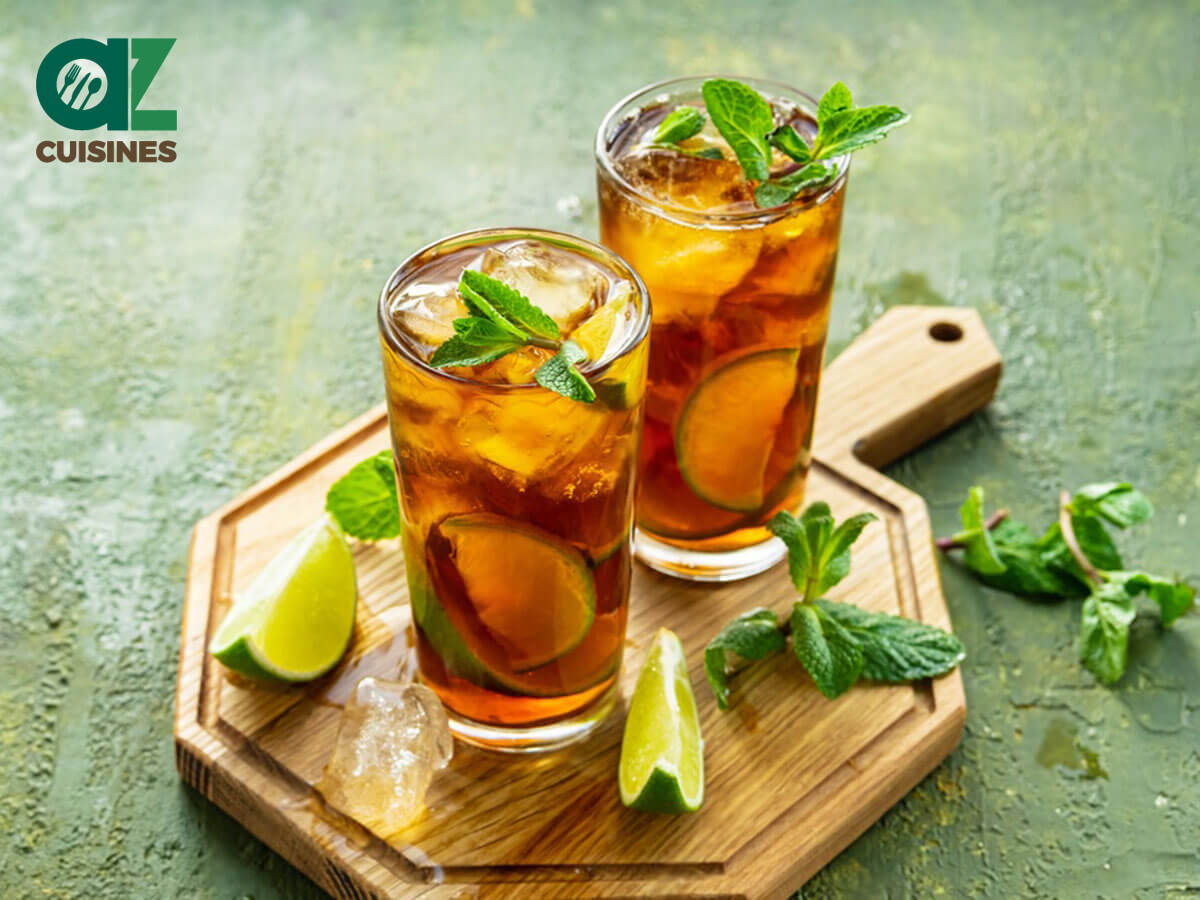

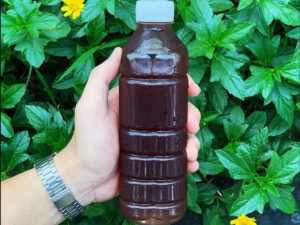
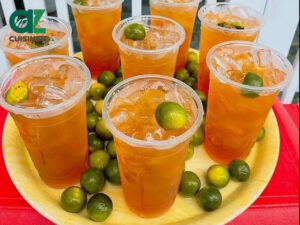
Adam Sam
Senior Food and Drink Editor
Expertise
Food Writer & Recipe Developer, Recipe Tester, Bartender, Cooking-video Maker, Editor In Chief
Education
Adam Sam, an experienced food writer and recipe developer, is passionate about blending diverse culinary traditions, national dishes, and innovative beverages, showcasing his proficiency in both traditional and modern recipe testing.
As the Editor-in-Chief, he elevates culinary content from street food to fine dining, focusing on Western cuisine and types of drinks at azcuisines.com, and is professional in creating engaging cooking videos that simplify complex dishes and ingredients.
His passion for food is evident in his writing, where he uniquely merges various cultures, traditions, and contemporary trends, skillfully combining classic recipes with modern cooking methods.